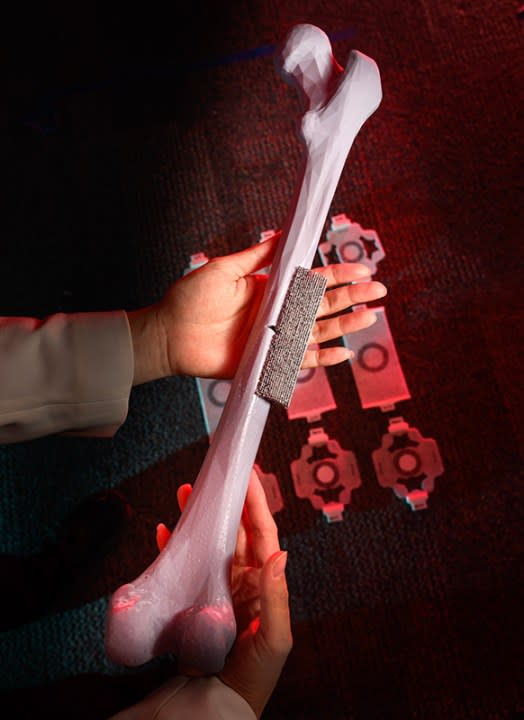UI engineers make special material to help heal broken bones

CHAMPAIGN, Ill. — A new study from the University of Illinois used machine learning, 3D printing and stress experiments to develop a material that can help heal broken bones.
It is common for people to fracture the femur, or the long bone in the upper leg — especially elderly individuals. When this happens, treatment usually involves a metal plate being screwed around the fracture. However, this method can lead to chronic pain and other issues.
U of I professor shares how to help migrating birds
A team of engineering experts from the U of I wanted to amend this. So, civil and environmental engineering professor Shelly Zhang, graduate student Yingqi Jia, and Peking University professor Ke Liu set out to the lab.
Using a materials database, a virtual growth simulator and machine learning algorithms, the team studied the mechanics of stress distribution in broken bones. Then, the goal was to control it.
The engineers brought their virtual models to life by 3D printing a resin prototype and attaching it to a synthetic model of a fractured femur.

“Having a tangible model allowed us to run real-world measurements, test its efficacy and confirm that it is possible to grow a synthetic material in a way analogous to how biological systems are built,” Zhang said in an interview with the U of I News Bureau. “We envision this work helping to build materials that will stimulate bone repair by providing optimized support and protection from external forces.”
‘Welcome to the alumni family’: Sights and sounds from UI graduation
Essentially, the engineers had developed a programmable material that mimics bone. To apply the bone-healing method, experts only need to research the geometry, architecture, and mechanical properties of the broken bone.
For a visual on how this technique works, you can watch this video from the U of I.
Zhang added that this can be applied to virtually any materials for almost any application, making the future bright for bio-inspired healing methods.
The study is published in the Nature Communications journal.
Copyright 2024 Nexstar Media, Inc. All rights reserved. This material may not be published, broadcast, rewritten, or redistributed.
For the latest news, weather, sports, and streaming video, head to WCIA.com.

